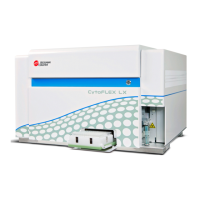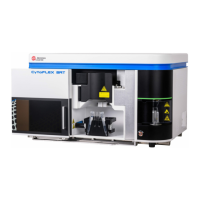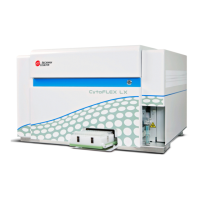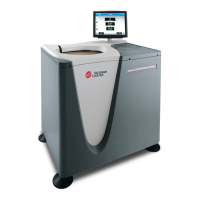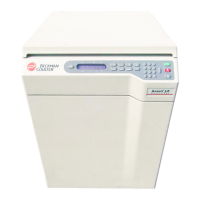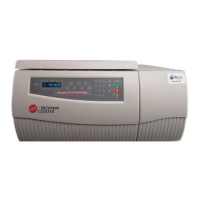PN 177196BB
4-15
QUALITY ASSURANCE
REPRODUCIBILITY AND CARRYOVER CHECKS
4
4.6 REPRODUCIBILITY AND CARRYOVER CHECKS
A Objectives
When you have completed this topic, you will be able to:
B Explain the purpose of a reproducibility check.
B Locate the procedure for running a reproducibility study in the Manual mode.
B Locate the procedure for running a reproducibility study in the Automatic mode.
B Explain the purpose of a carryover check.
B References
In the Online Help System or the Instructions for Use manual, refer to Heading 11.8
REPRODUCIBILITY CHECK.
C Special Instructions
1. The instrument must be powered up.
2. If you plan to do either of these checks as part of the training, make sure you have the
blood samples needed.
3. An ideal time to teach the reproducibility check is right before a scheduled instrument
calibration.
D Topic Notes and Tasks
Reproducibility Check
1. The Reproducibility Check measures how close several results from the same specimen
are to each other; in other words, this check measures repeatability or precision.
a. Reproducibility does not measure accuracy, but true accuracy is not possible unless
the instrument is precise.
b. Doing a reproducibility check before doing a calibration could catch imprecision
problems that might affect the calibration process.
2. From the Main menu, click tt to access the Reproducibility screen.
a. To access the procedure when on the Reproducibility Check screen, click . The
book is automatically opened to H
eading 11.8 REPRODUCIBILITY CHECK.
b. This section includes two procedures for checking reproducibility: one for the
Manual mode and one for the Autoloader mode.
3. Review the procedure for checking the reproducibility in the Autoloader mode with the
trainee.
Note: If Service is the trainer, a good time to review this procedure with the Key
Operator is when you are doing it as part of the Installation procedure.
a. The reproducibility check can be done using CBC or CBC/DIFF panel.
b. For best results, a fresh, normal whole-blood specimen must be used.
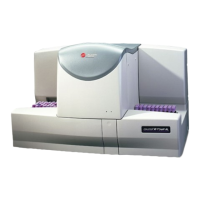
